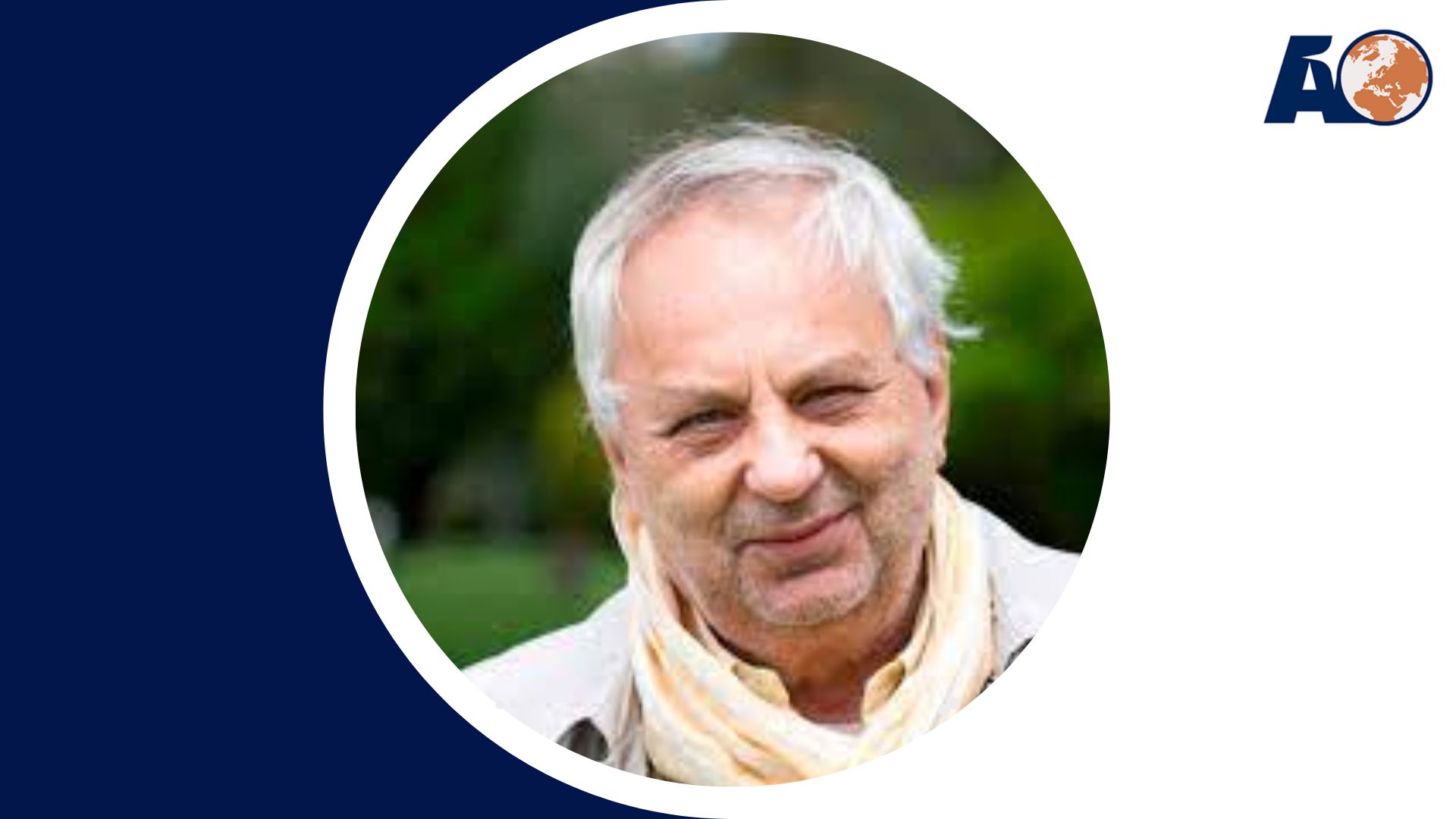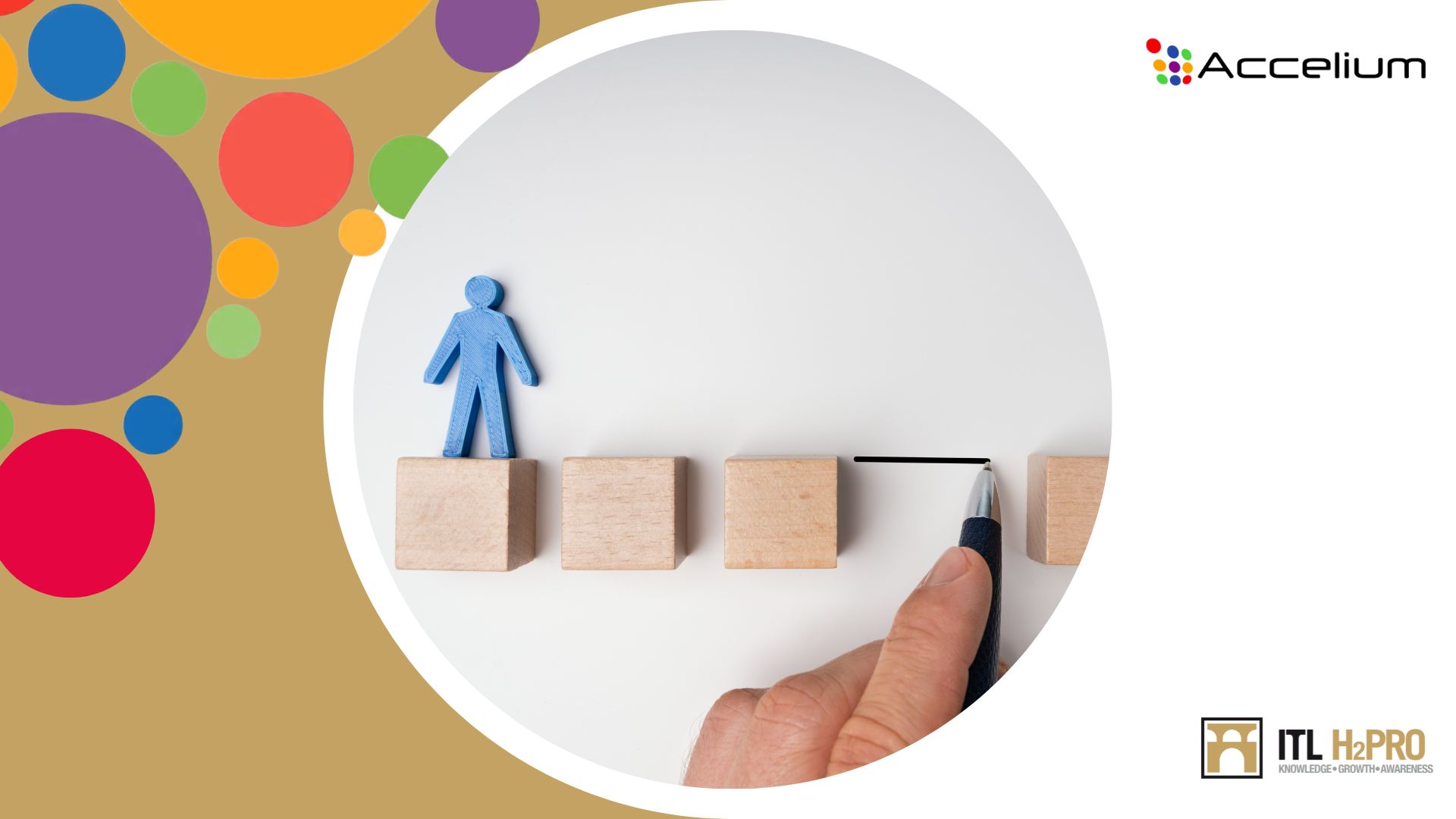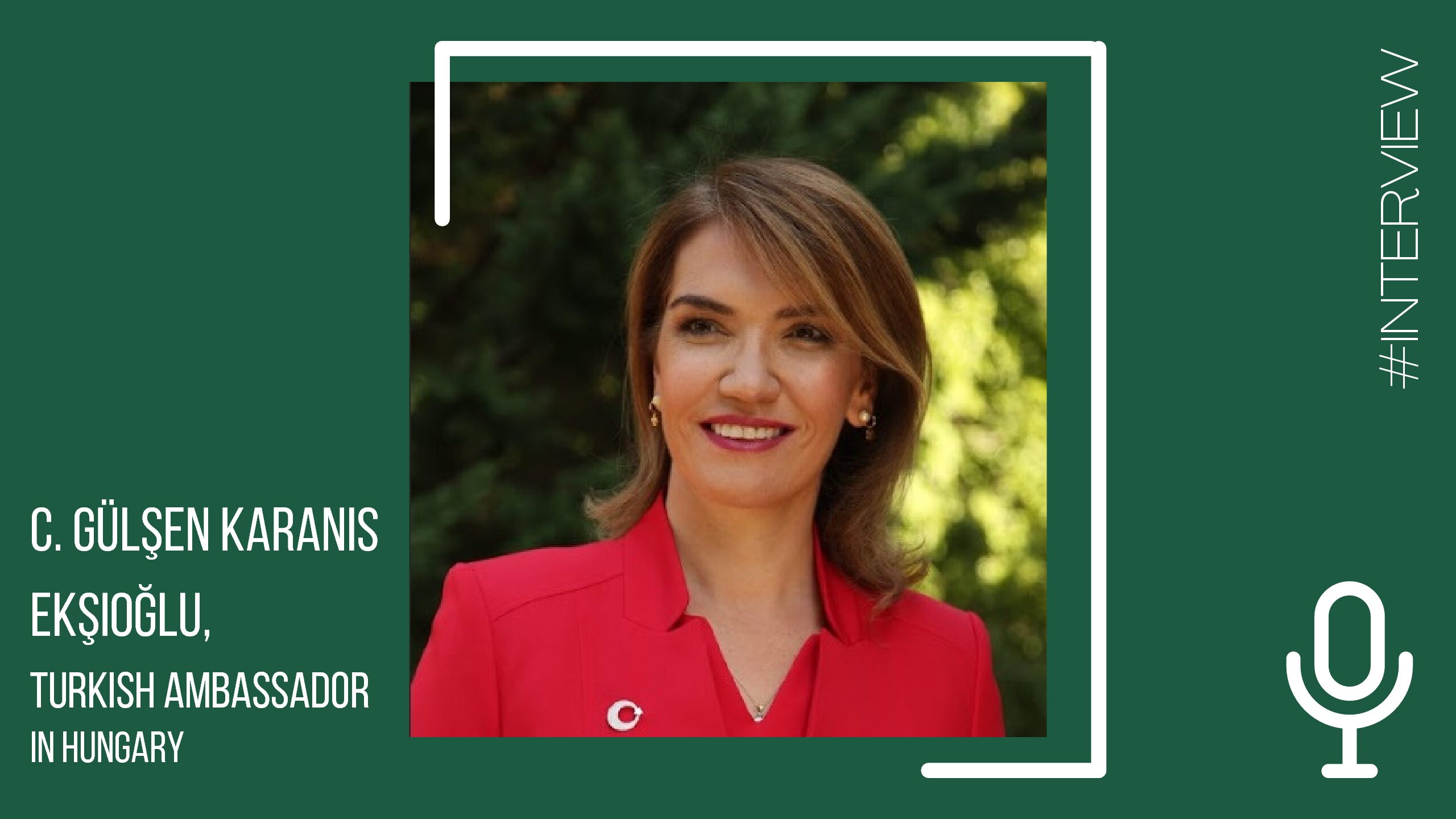
Through our Atlas World community and its initiative to raise awareness to sustainable, ethical and creative companies, we have already interviewed Vagheggi and Respray Solutions. Here today we interview Pal Baross, Strategic Real Estate Advisor for the green transition, a pioneer of innovation and sustainability in urban and architectural development.
1.Could you share some highlights from your career journey and how they have shaped your current focus on sustainable real estate development?
I started my professional carrier as a landscape architect. The motto of the school was “Design with Nature”, It was an innovative program in Hungary in the 60’s where the official communist ideology was “Man subdues Nature”. As the official ideology prevailed for another twenty years I and my fellow landscape architects had no opportunity to practices what we were educated for. Landscaping was always the last item in the design and development program, planting some feeble trees and seeding grass (rarely adding some topsoil) on the violently disturb site. So, I left Hungary and emigrated to Canada.
Although I faced a fast-learning period for familiarising myself about the local fauna (and at that time even metric system of inch, foot, and yard) the local design and development ideology was already imbedded in an ecological paradigm: the respect of nature was the first step in the design process. Over the next decades “environmental impact assessment” became compulsory regulatory requirement. My most exiting job in Canada was participating in the design team which developed the Toronto Zoo. It was established over 250 hectares of open landscape where most of the animals lived in their natural habitat.
Having obtained two more post graduate degrees in Urban Planning and in Development Planning I worked on project addressing the problems of fast-growing cities in developing countries. I spent a few years in Indonesia, Philippines, India, and Columbia.
When Central Europe could choose again its democratic destination in 1998, I returned to Hungary as an experienced commercial real estate developer. I was appointed by the Dutch ING Real Estate as Country Manager. My projects, such as the Allee shopping centre, the office buildings on Vorosmarty square or on the Dozsa György street were recognised as “landmark” buildings than, and still have l enduring investment quality. I developed the iconic “Balna” project on the Duna shore for the city of Budapest and the new downtown campus for the Central European University.
2.During your time with Greenbors Consulting, RICS and the Hungarian Green Building Council, what were some key initiatives or changes you helped implement or witnessed?
I start with the Royal Institution of Chartered Surveyors (RICS) which is a global professional organisation providing global guidance for valuing a global asset class, which is what real estate became over the last thirty years. While buildings, whether office, retail, industrial or housing are always local “brick and mortal” elements of a specific urban setting their investment value, what I call the “excel sheet” print must be transparent and comparable for globally operating investors. There are over 120.000 RICS accredited professionals all over the world, the Hungarian chapter has some 120 members. I was very active during the formative years of the Hungarian chapter in the early 90’s and served as the Chairman of the Hungarian RICS Board for two 3 years cycle.
The Green Building Councils have a different, more voluntary origin, although by now they also become a global organisation as the World Green Building Council. The movement started with architects and engineers compiling a checklist of design principles to reduce the environmental footprint of building. In someway it was an ecological movement applied to buildings, conserving energy, water use, biodiversity, public transportation accessibility and the like. With my landscape architecture background, I had a natural affinity with this new paradigm.
The local Green Building Councils gradually consolidated their “checklist” into a formal assessment method, such as the LEED in the US, BREEAM in UK and DGMB in Germany. Today these schemes are applied globally at the request of property portfolio investors. As an early “convert” to sustainable development I helped to establish the Hungarian chapter, supported its membership drive, and was elected twice to be the Chaiman of the organisation.
Now HUGBC is regularly consulted by the Government on regulatory and legislative initiative concerning the property development and the building industry and is considered by the market as one of the top three “opinion leader” organisations about medium- and long-term prospects for value preservation for the property market.
Finally, Geenbors Consulting is the leading advisory group assisting property developers, investors, and banks to reach high sustainability parameters for buildings and report on ESG metrics for the future. With a long experience and reputable background in the property sector I can present to my fellow developers a credible short-, medium- and long-term investment strategy in the context of the CO2 reduction paradigm.
3.As a BREEAM Assessor, how do you see this certification impacting commercial real estate projects in Europe? What are the key benefits of BREAM certification for developers and investors?
BREEAM is the acronym for a rigorous assessment template, developed in 1990 by the British Building Research Establishment to monitor the environmental impact footprint of new construction and latter to assess the lifecycle impact of existing buildings (BREEAM in operation). By now, and we are talking about almost thirty years of track record, not only its commercial benefits on the value side are well documented (lower operational costs, greater demand from tenants, “future proofing” from new regulatory requirements) but the “cost scare” is also abated, development budgets do not need to be inflated, rather more carefully spend on items that influence long term operational and maintenance costs.
Parallel to BREEAM new accreditation systems have evolved (LEED, DGMB, WELL, EDGE) and they are partially or fully integrated into the national regulatory systems as well as the due diligence appraisal of commercial banks or real estate portfolio builders. Globally.
4.How do you integrate sustainable development principles into your projects, and what challenges do you face in this integration?
It is a learning process for me and for the market. I take my bearing from my urban planning education where the concept of “externalities” is one of the central themes of protecting the public good. Over the years of my practice, we moved from the concern of pollution, ecology, biodiversity to the current stage of climatology. The challenge is to be in the forefront of accepting these paradigm shifts and translate possible technical responses into market conform solutions. First my assessment is always aspirational, do I recognise and willing to adopt new trends and do I have the professional knowhow to respond to them in my practice. My second assessment is to quantify the “value added” implications for my projects. Then I worry about the cost implications. For this last aspect I developed a methodology to split costs as “investments” and “expenditures”. For investments I use the standard tools of establishing rate of return. For balancing expenditures, I look for equivalent savings on other aspects of the development. It is called “value engineering.
5.How has technology influenced the way you approach sustainable development in your projects?
Like in any industry there are plenty of innovations in the building industry. In the “hardware” part the most visible are the scaling up of photovoltaics and heat pumps. The use of prefabricated wood for structural elements is the next frontier. For my current university campus project in Austria all the six architects participating in the design competition submitted cement and wood combination structures for their design.
In the “software” part I consider the BIM (building information management) and BMS (building management system) as having added value to conceptualise and operate buildings throughout their lifecycle.
6.What future trends do you foresee in sustainable urban development, and how should developers prepare for these changes?
In your question the key word is urban development, the context where a project or an investment is located. Coordinating city scale solutions is obviously more complex, more expensive and requites the cooperation of many actors. For me public transportation infrastructure, combined with micro mobility networks has always been the key for sustainable urban development. However more recently a new concept of “green infrastructure” is being formulated that holds good prospects for moving forward on the urban sustainability agenda.
7.What advice would you give to young professionals aspiring to enter the field of sustainable real estate development?
Do it, it is your future that at stake. In Greenbors Consulting the average age is 26. I believe that “sustainability” is already a bandwagon among the young (also as consumers) and the property industry is ready for people with “sustainability” skills. In my business card I quote Warren Buffett “Someone’s sitting in the shade today because someone planted a tree a long time ago”
8.Are there any upcoming projects or personal professional goals that you are particularly excited about?
One of my current projects is the development of a new 53.000 campus building for the Central European University (CEU) in Vienna. We are in the procurement stage and all the design specifications conform to net zero (CO2) life cycle and operational targets. It is on a former brownfield site, and we can add a significant biodiversity-based landscape component. On the urban scale we are located on a public transportation and intraurban bicycle hub. So, on the aspirational and value-added scale I am “on target”, the next stage is to manage the value engineering of costs.
I have another challenging aspiration: to nominate Budapest as a venue site for the RICS Europe annual conference of the World Built Environment. This is a very powerful annual stock taking of the real estate industry’s path towards the net zero targets and bringing the event to Hungary will add a tremendous boost to local market players and regulatory organisations. I have a simple message: sustainability is now mainstream in our industry.



